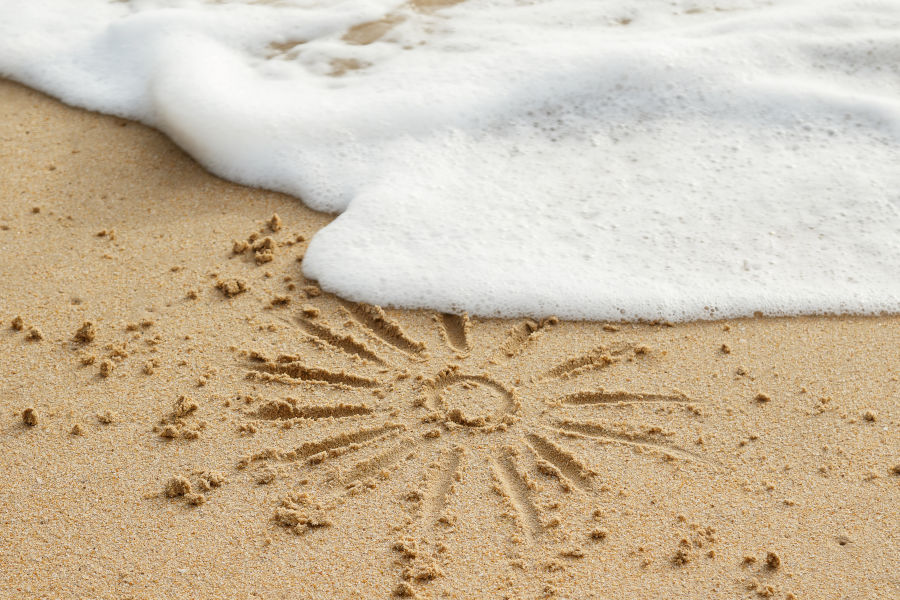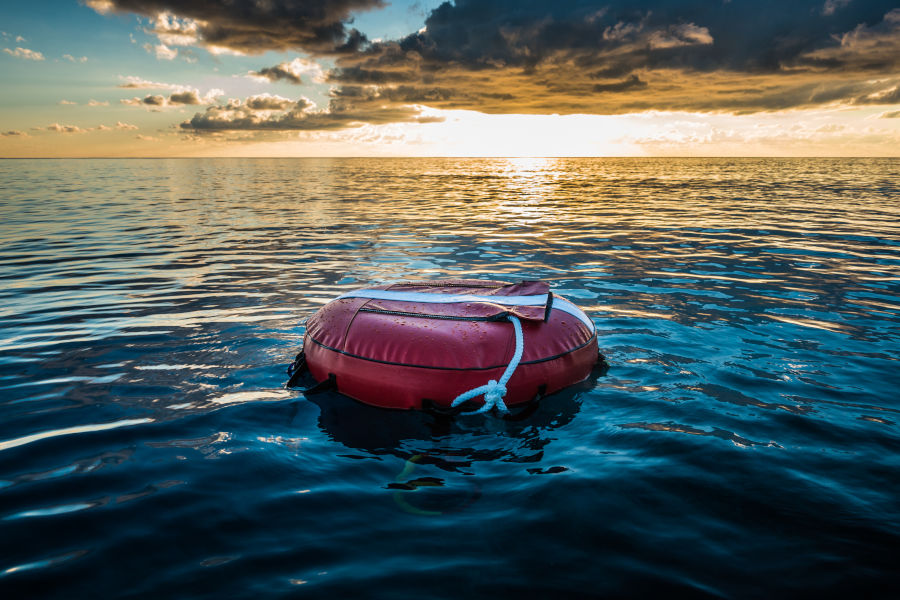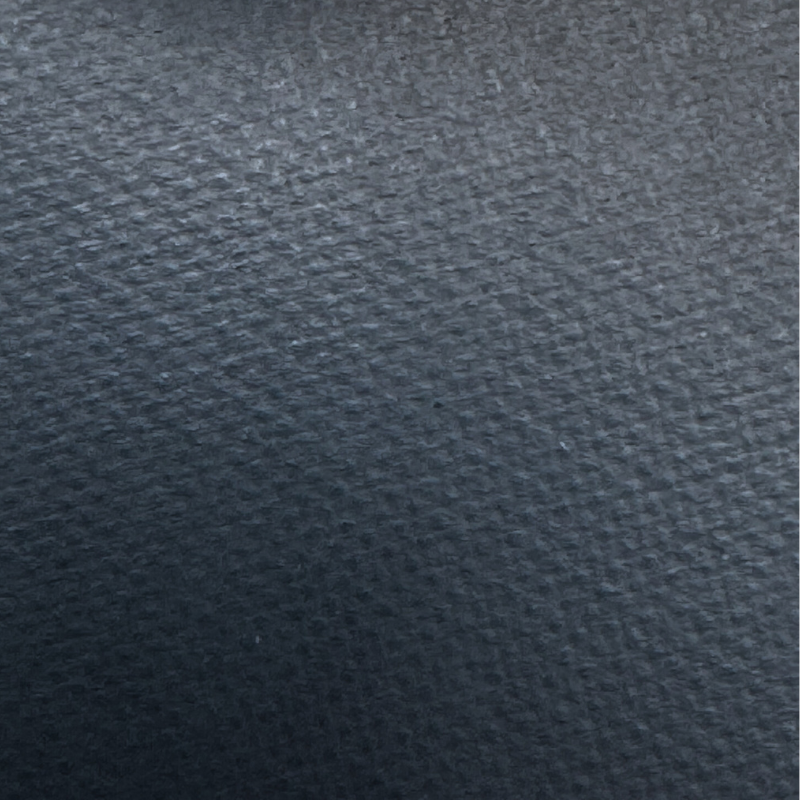
Seam separation on the tubes of a rigid inflatable boat: What to do?
Air leaks, deformation of the tubes, loss of performance and dangers in navigation: the detachment of the seams on the tubes of your rigid inflatable boat is not to be taken lightly.
In this article, Orca Retail guides you step by step to better understand this phenomenon, and how to act.
We will first revisit the causes and consequences of seam detachment, then we will address the prevention and repair section to solve your problem.
So, what to do if the seams of your inflatable boat are about to give way?
Read on to find out!
Causes of seam detachment in inflatable boats

Unfortunately, there is often more than one culprit when it comes to this phenomenon: many factors can influence the durability of your seams and RIB tubes. Let's review the lineup of suspects, to better prevent future risks:
Manufacturing defects
- Poor quality materials: The use of inferior quality materials can weaken the seams.
- Manufacturing errors: Errors during the manufacturing of the seams can make them more prone to detachment.
Improper use of the boat
- Contacts and shocks: Rubbing against docks, rocks, or other boats can damage the seams, as well as impacts against obstacles.
- Overloading the boat: Excessive overloading can put significant pressure on the seams and weaken them.
- Excessive speed: Excessive speed can create significant forces on the tubes and the seams.
- Sudden maneuvers: Sudden maneuvers can exert sudden pressure on the seams and weaken them.
Weather and meteorological conditions
- Sun: UV rays alter the structure of PVC, making it more fragile and brittle.
- Salt: Saltwater corrodes the seams and makes them porous.
- Humidity: Humidity promotes the development of mold and fungi that can attack the seams.
- Temperature changes: Temperature variations weaken the PVC and can cause cracking.
Natural Wear
- Average lifespan: The seams of the tubes of a semi-rigid boat have an average lifespan of 10 to 15 years. If your boat is within this range, it is completely normal to observe wear and consider repairs or replacements.
- Other factors affecting lifespan: The maintenance, usage, and storage or winterization of the boat impact the longevity of the seams.
In summary, many factors can weaken the seams of your semi-rigid boat, and it is important to know them to prevent and repair them.
Consequences of Seam Detachment

The detachment of seams on a semi-rigid boat can have serious consequences on its buoyancy, performance, and passenger safety.
Air Leaks and Pressure Loss
When the seams detach, the tubes lose air and pressure. This can compromise the boat's buoyancy, making it difficult to maneuver and susceptible to sinking into the water. In case of a significant leak, the boat may even sink.
Deformation of tubes
The detachment of seams can also deform the tubes, making them asymmetrical. This affects the boat's performance by reducing its speed and maneuverability. The boat becomes more difficult to control and is more likely to be damaged in case of a collision.
Safety Risks
In case of significant detachment, the tubes may tear and project debris at high speed. This can seriously injure passengers, particularly in the eyes and head.
If the tubes deflate completely, the boat can capsize or sink . Passengers risk falling into the water and getting injured, especially in difficult weather conditions, with risks of drowning.
Preventing seam separation for safe navigation

Seam separation is a common problem on rigid inflatable boats, but it can be avoided with regular maintenance and responsible use.
Cleaning and Storage
Regularly clean the tubes with suitable products after each use to remove salt, dirt, and residues that can weaken the seams.
When not sailing, store your boat in a dry place away from the sun. UV rays can degrade PVC over time, accelerating seam wear.
Inflation and Capacity
Avoid excessive pressure on the seams by controlling the inflation of your tubes.
Avoid overloading by respecting the maximum authorized weight capacity.
Monitoring and Prevention
Detect early signs of wear before they turn into more serious problems. Regularly inspect the seams for cracks, separations, or signs of weakness. If you spot any damage, perform preventive repairs as soon as possible.
Finally, drive carefully and avoid excessive impacts and rubbing against docks, rocks, or other boats.
Repairing separated seams: ensuring safe navigation

The extent of the separation determines the repair method.
For small tears, the use of a special marine PVC two-component adhesive is generally sufficient. Make sure to carefully follow the manufacturer's instructions for correct application.
In case of significant separation, it is necessary to replace the damaged seam section . This type of repair requires special expertise. Call on a qualified professional who will ensure a lasting job that complies with safety standards.
Our Orca Retail neoprene fabrics are an excellent option for seam repairs.
This material offers increased resistance to weather, UV rays, and abrasion, ensuring a durable and high-performance solution.
Moreover, Orca Retail neoprene fabrics come in a wide range of colors and textures, allowing you to find a solution that suits the aesthetics of your boat.
ARE YOU PASSIONATE ABOUT BOATING AND RIB BOATS?
Read more about the world of RIB boats:
